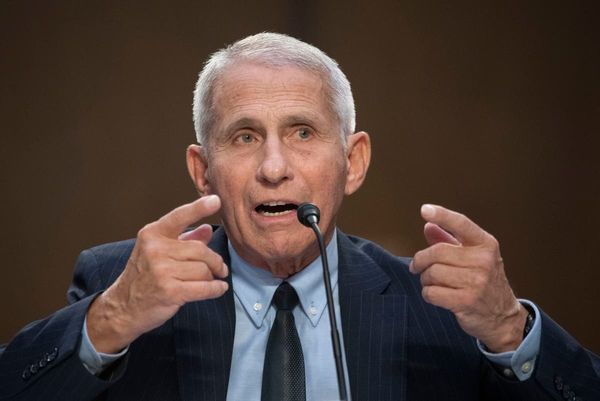
Methane emissions from the proposed Hunter Valley Operations extension project would force other sectors of the economy to make deeper pollution cuts in order to achieve the state government's emissions reduction targets, a government agency has warned.
Yancoal and Glencore, are seeking to extend the life of the joint venture project to 2050 by extracting coal from seams that were previously considered unviable. However, the coal contained in the deeper seams contains higher levels of methane, a potent greenhouse gas.
In a recent submission the Department of Planning's Net Zero Emissions Modelling (NZEM) team noted:
"Because the Proponent is proposing to mine deeper (and potentially gassier) seams at HVO North, NZEM will need to at least double the estimates of the fugitive emissions for the Project from 2040-2050," the submission said.
"NZEM acknowledges that open cut mining is a hard to abate sector. However, the large increase in emissions from this project in the mid-2040s will require other parts of the NSW economy to decarbonise to remain on track with the NSW Government's target of net zero emissions by 2050."
An estimated 400 million tonnes of new coal would be extracted from the extension project. It would represent the single largest increase in coal mining capacity in NSW since the Paris Agreement. It would be responsible for 33 million tonnes of on site emissions, which would count towards NSW's carbon budget.
The highest level of fugitive emissions would not be released until 2045.
At that point, emissions would reach eight times that of the fugitive emissions from the currently operating HVO mine.
In 2047 - when NSW should be close to or at net zero - the HVO extension is expected to produce more than one million tonnes of carbon dioxide emissions.
"We believe this is the strongest emissions advice yet provided by a government agency to a coal mining company in NSW in response to a new project proposal," Lock the Gate Alliance NSW coordinator Nic Clyde said.
"This advice shows that if coal giants are allowed to keep expanding their mines, then other industries like transport, agriculture and manufacturing will pay the price in having to decarbonise their operations even faster to make up for it.
"It's outrageous to shift the burden of emissions reduction on to other sectors, when it's the fossil fuel sector that is the single biggest cause of greenhouse gas emissions and climate change globally.
"The Minns Government needs to urgently cast off the approach of the former government, and take action now to embed climate change at the heart of decision-making and stop approving massive coal expansions that will blow the NSW carbon budget."

Hunter Valley Operations general manager Dave Foster said the HVO partners were working through each submission as part of a detailed response to submissions report to the NSW Government.
"The existing HVO mine and any approved extension will be subject to the federal government's Safeguard Mechanism. This includes complying with a declining emissions baseline consistent with Australia's emission reduction target of 43 per cent emission reduction by 2030 and net zero emissions by 2050," he said.
"HVO is not a new mine and there will be no increase to currently approved production rates.
Mr Foster said the HVO proposal would bring many benefits including continued support for 1500 ongoing local jobs and support for local business and community infrastructure and support. HVO's direct economic contribution in 2022 was $1.5 billion.
The NZEM submission also noted the proponent had ruled out pre-drainage of coal seams as economically unviable for a multi-seam open cut operation. However no evidence or explanation had been provided for this decision.
"Given the very large growth expected in fugitive emissions from the HVO Complex over the next 20-25 years, the proponent must provide a comparison of the costs and benefits of pre-drainage to support the claim that it is not an economically viable option," the submission said.
"The proponent should also carry out in the first instance a feasibility study to assess the gas resource in the seams and the potential to extract that gas for beneficial use."
The NSW Minister for Climate Change, Energy, Environment and Heritage, Penny Sharpe, said the government intends to legislate the state's net zero targets and set up an independent commission to monitor progress.
"Some sectors of the economy will decarbonise earlier and faster, while other hard-to-abate sectors will take more time and investment," Sharpe said. "Once it's established, the Net Zero Commission will provide advice on these issues."
The state's net zero plan charts out a pathway to an emissions cut of 70 per cent below 2005 levels by 2035, as a stepping stone to net zero emissions by 2050.
To see more stories and read today's paper download the Newcastle Herald news app here.







